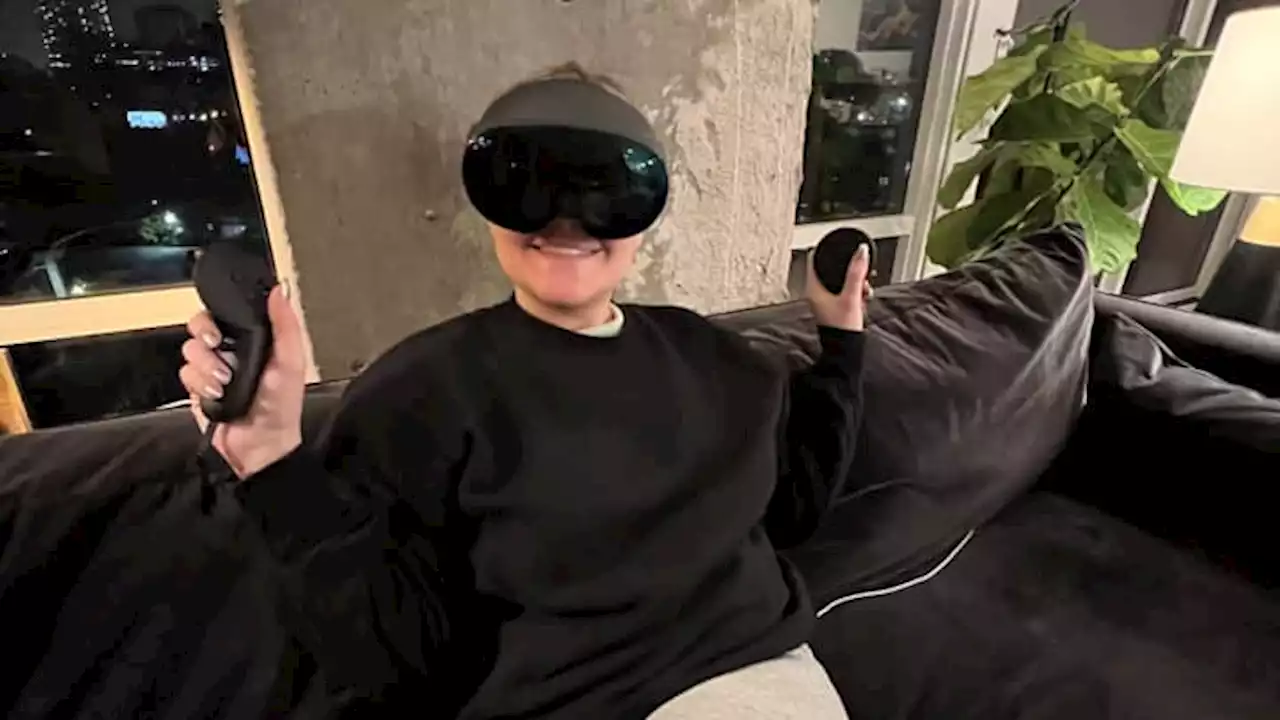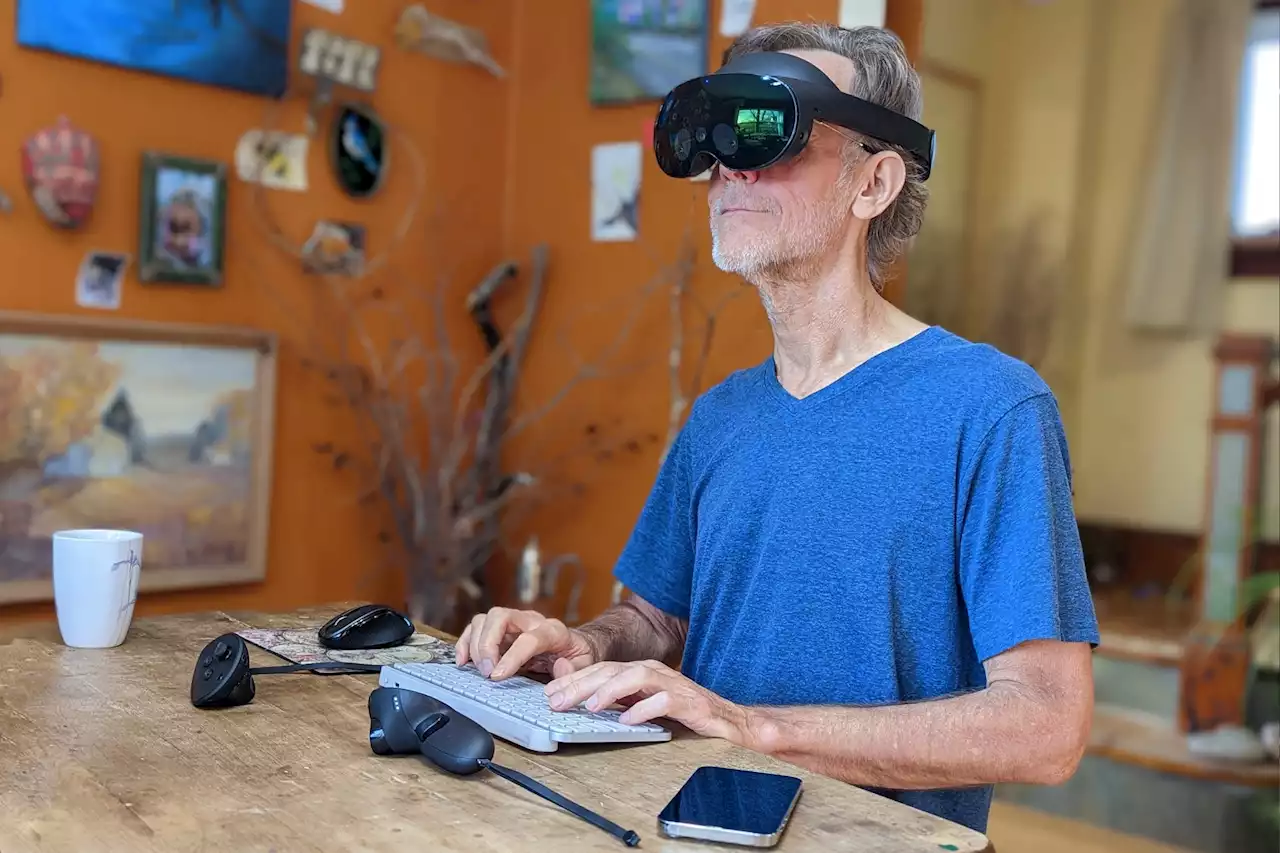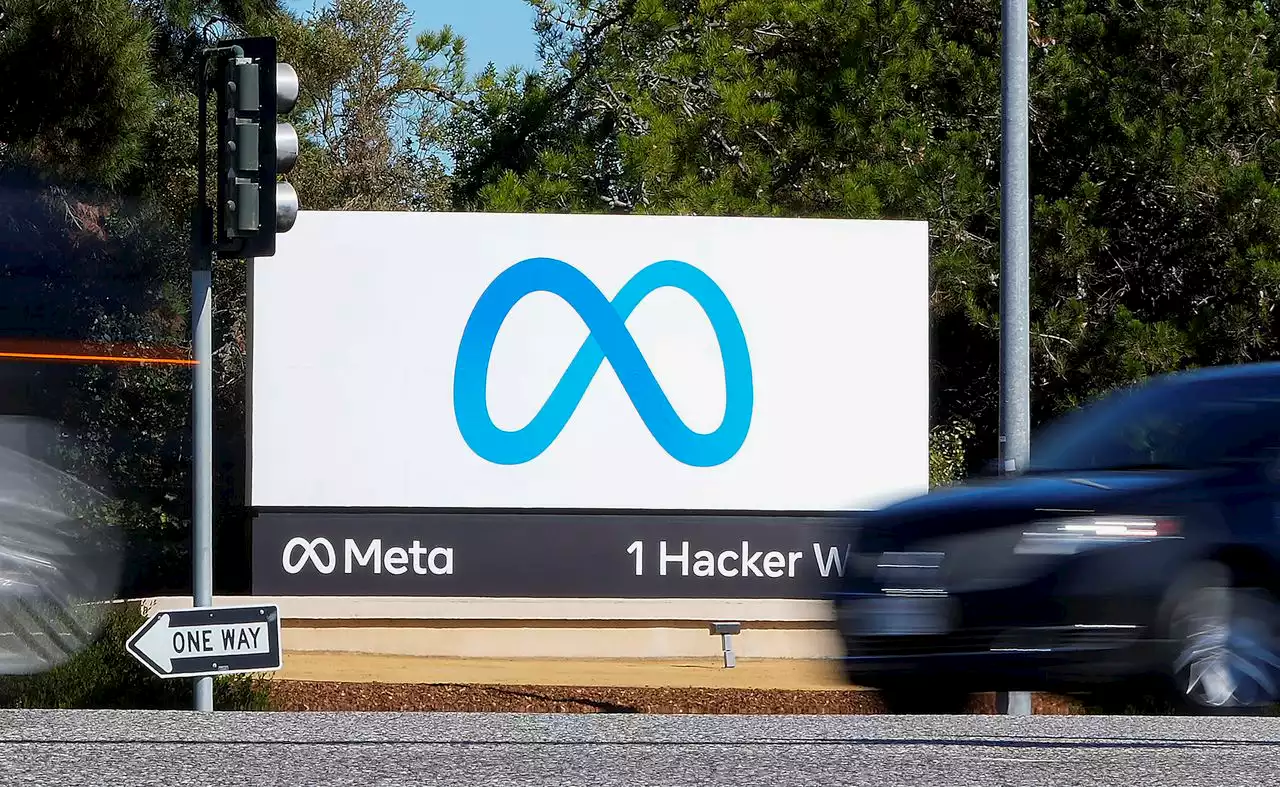You’re better off buying three Quest 2s.
The Meta Quest Pro is a high-end alternative to the Quest 2, which Meta will continue to sell separately. It’s a self-contained VR headset with beefier internal specs and two major new features: mixed reality with a full-color video feed and face tracking via inward-facing cameras. Meta imagines the Quest Pro as a virtual office where people can meet up with co-workers and toggle between full VR and a limited form of AR.
Meta has made some other hardware tradeoffs. The headset’s face mask is shallower than the Quest 2’s, for instance, so it gives you a peripheral view of the real world outside your headset. If you want to block out more light, you can snap on a pair of included magnetic silicone wings that act like blinders or a separate $49 mask that shuts out practically all light.
Meta’s new controllers and charging system are rare bright points in the industrial design. The old Oculus Touch controllers featured half-moon LED bands that were tracked by cameras on the headset. The controllers now come with their own built-in cameras, which work independently of the headset tracking. The old Quest controller tracking was excellent, and I’ve only noticed one real difference with the new ones: they sometimes take a few seconds to calibrate when you first pick them up.
The Quest Pro’s resolution is 1800 x 1920 pixels per eye, roughly the same as the Quest 2’s 1832 x 1920 pixels. In theory, it provides better contrast and a very slightly higher pixel density per eye, but comparing both devices head-to-head, I was hard-pressed to tell the difference. It’s still grainy enough that images look all right, but small text is fuzzy.
But Meta’s color passthrough doesn’t look remotely like the real world. Video footage is fuzzy in the Quest Pro’s grainy display. The feed is murky in low light, washed-out or flickery in bright light, and sometimes luridly saturated in between. Reading real-world phone or computer screens through it is virtually impossible.
Eye tracking, meanwhile, enables foveated rendering, which lets apps display virtual objects in more detail by only sharply rendering the pixels in front of your eyes. It’s a promising feature, especially for gaming, since the Quest is still running on a mobile chipset with limited power.But, again, the current use is limited. Meta has one confirmed app that uses foveated rendering,, which renders at a high resolution in the Quest Pro — but is still held back by that fundamental graininess.
United States Latest News, United States Headlines
Similar News:You can also read news stories similar to this one that we have collected from other news sources.
 Meta Quest Pro review: A very expensive VR experiment that doesn't have a target audienceAfter two weeks of testing the Meta Quest Pro, I'm not sure who the device is meant for. It's a headset for professionals that's not professional grade, yet.
Meta Quest Pro review: A very expensive VR experiment that doesn't have a target audienceAfter two weeks of testing the Meta Quest Pro, I'm not sure who the device is meant for. It's a headset for professionals that's not professional grade, yet.
Read more »
 This hidden feature in the Meta Quest Pro could arrive soon | Digital TrendsThe MetaQuest Pro Touch Controllers could be getting a great new feature soon that will change how you use your VR headset.
This hidden feature in the Meta Quest Pro could arrive soon | Digital TrendsThe MetaQuest Pro Touch Controllers could be getting a great new feature soon that will change how you use your VR headset.
Read more »
![]() iPhone 14 Pro vs. S22 Ultra vs. Pixel 7 Pro: what 1,000 photos tell usI took 1,000 photos with an iPhone 14 Pro, a Pixel 7 Pro, and an S22 Ultra.
iPhone 14 Pro vs. S22 Ultra vs. Pixel 7 Pro: what 1,000 photos tell usI took 1,000 photos with an iPhone 14 Pro, a Pixel 7 Pro, and an S22 Ultra.
Read more »
 Facebook parent Meta cuts 13% of workforceAn economic slowdown and a grim outlook for online advertising have contributed to Meta’s woes.
Facebook parent Meta cuts 13% of workforceAn economic slowdown and a grim outlook for online advertising have contributed to Meta’s woes.
Read more »
 Facebook parent Meta cuts 11,000 jobs, 13% of workforceFacebook parent Meta is laying off 13% of its employees as it contends with faltering revenue and broader tech industry woes.
Facebook parent Meta cuts 11,000 jobs, 13% of workforceFacebook parent Meta is laying off 13% of its employees as it contends with faltering revenue and broader tech industry woes.
Read more »
